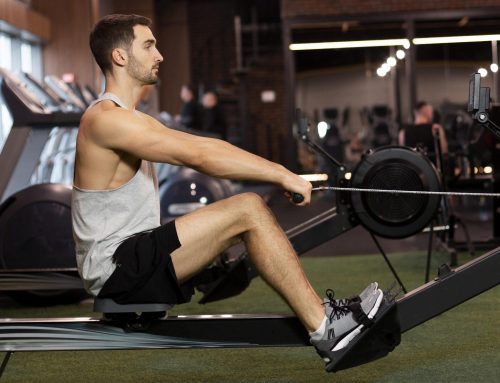Introduction
Rowing is a popular sport that has been around for centuries. It involves propelling a boat on water using oars with the combination of motion of the rower’s body. It is a sport that requires a lot of skill, dedication, and discipline. Rowing has been perceived as a sport for the elite, a representation of upper-middle-class society. However, the question remains, is rowing middle-class?
Rowing – The Elite Sport
Rowing has a reputation for being a sport for elite society. The reason for this lies in the cost of equipment, coaching, training, and access to water bodies. Rowing machines can cost upwards of £1000, and boats can cost several thousand pounds. Moreover, it is challenging to find a suitable water body to practice rowing, which makes it an exclusive sport.
Rowing as a Middle-Class Sport
While the cost of rowing can be high, it is also true that the sport can be accessible to the middle-class society. There are numerous rowing clubs, which offer equipment and coaching at an affordable price. Additionally, public pools that have indoor rowing machines allow people to practice the sport without any hassle.
The Demographics of Rowing
The demographics of rowing have changed over the years, with more people from different socio-economic backgrounds taking up the sport. According to the British Rowing Annual Survey (2019), 68% of the rowing population are men, and 32% are women. The survey also shows that 52% of the rowing population earns between £20,000 – £50,000 per annum, indicating that rowing is accessible to the middle-class society.
Rowing as a Sign of Status
Rowing has been perceived as a sign of status in society due to its association with the elite. Owning a boat or being a member of a prestigious rowing club can signify one’s financial status. However, this perception is changing, and the focus is now on the sport’s physical and mental benefits. Rowing improves cardiovascular fitness, strengthens muscles, and reduces stress.
Rowing and Social Mobility
Rowing has been cited as a means of social mobility, offering opportunities for individuals from different backgrounds. Rowing clubs often offer bursaries, scholarships and outreach initiatives to enable people from disadvantaged backgrounds to take up the sport. It has been reported that rowing has played a significant role in increasing social mobility in countries like the UK.
Conclusion
In conclusion, the question of whether rowing is middle-class is subjective. While rowing can be perceived as an elite sport due to the cost of equipment and access to water bodies, it is also accessible to the middle-class society. The demographics of rowing have changed over the years, with more people from different socio-economic backgrounds taking up the sport. Rowing has been associated with status and social mobility, and it offers numerous physical and mental benefits. Ultimately, rowing is a sport that requires passion, dedication, and discipline, regardless of one’s socio-economic background.
References
| British Rowing Annual Survey, 2019 |






